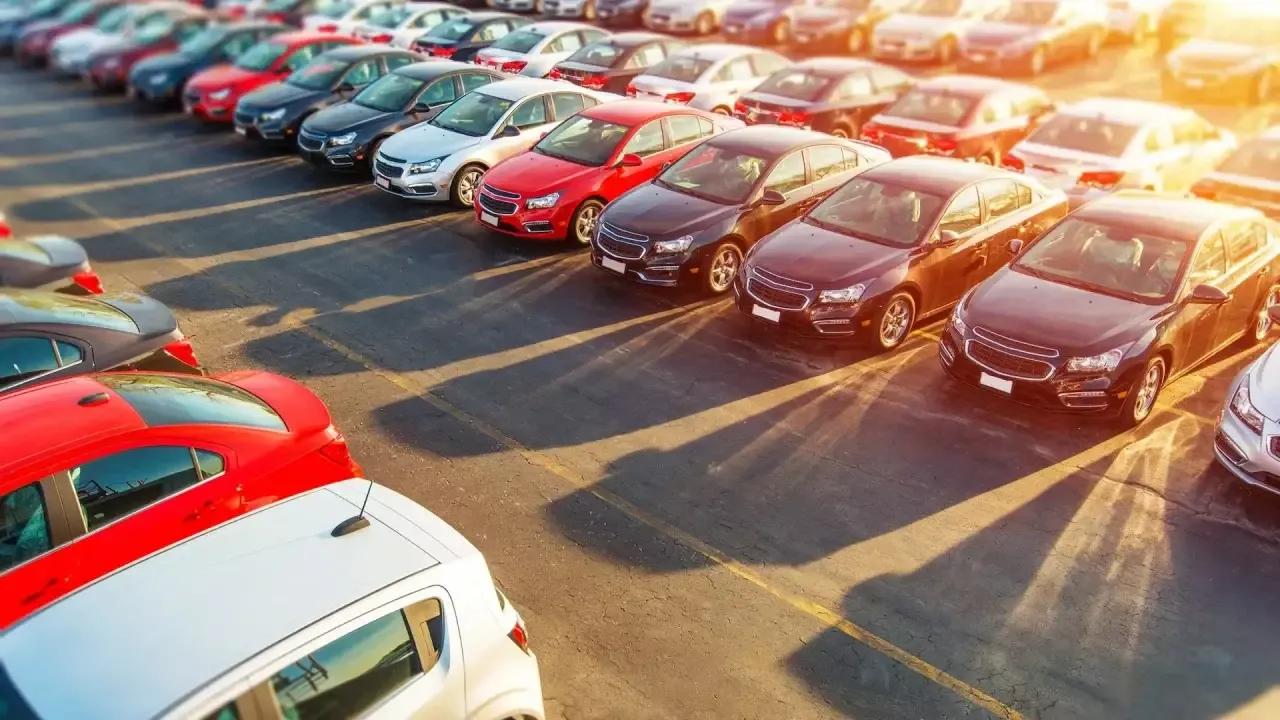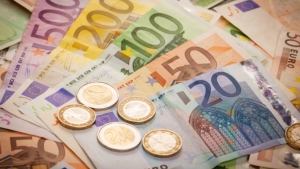
Scientists at the University of Lisbon studied the impact of car colors on air temperature in cities. This was reported by Zamin.uz.
According to the research results, black cars absorb sunlight and generate more heat, while white cars reflect the light and heat the surrounding air less. It was found that the air temperature around a black car is 3.8 degrees higher compared to a white car.
This leads to an intensification of the phenomenon called the "urban heat island" in city environments. The urban heat island means that air temperatures in urban areas are significantly higher than in rural areas.
Among the reasons for this are asphalt and concrete surfaces retaining heat for a long time, restricted air circulation due to dense buildings, as well as heat emissions from running cars and industrial enterprises. This effect is especially stronger at night because buildings and roads gradually release the heat accumulated during the day into the air.
Thousands of black cars in cities act as small heat sources, increasing the overall temperature. This is particularly noticeable during traffic jams when cars remain stationary for extended periods.
The urban heat island effect can negatively impact public health, especially posing risks to young children and elderly people. Simple measures can be taken to reduce this problem.
For example, choosing white or light-colored cars, planting more trees and creating shaded areas in urban zones, covering building roofs with heat-reflective coatings, and using materials that absorb less heat instead of asphalt are recommended. Additionally, measures should be implemented to reduce heat emissions in the industrial and transport sectors.
Every small step helps to lower the overall temperature in the city and creates a more comfortable living environment for people.







